Ah, the unattainable dream – the low-maintenance allotment. Yes, I want one please… Edible perennials for low-maintenance allotments is a concept I’ve been building on. I’m about to extend my edible perennial area, and I do think it will reduce maintenance time. Not that I don’t want to spend time on the allotment, for I enjoy being there. It’s that I would like extended tea breaks, wandering around harvesting produce, and more flexibility over when to visit.
For those not in the UK, where allotments are common, they’re pieces of land rented out, usually by local councils, to grow food. So, if you don’t have one, this relates to sizeable vegetable gardens too. Particularly if they are some distance from the house.
I’ve been stretched over a few projects this year, so one half of my allotment is looking embarrassingly messy and unproductive. As we’ll have ongoing house renovation work for some time to come, I’m thinking through how to prevent said unproductiveness in future years. Hence, I’ve been mulling over low-maintenance allotment tactics, and there will be more to come.
Plant Once: Eat Always
Mark Diacono says perennial vegetables are a plant once and eat always food, and asks why aren’t we eating more of them?
He points out that commercial growers now rely on cheap energy to grow crops. Once, we used horses, oxen, or people power to do the job of turning of the soil, sowing seed, weeding, watering, fertilising, harvesting and collecting of seed that goes with growing annual vegetables. Now we use oil.
Apparently,
‘this has reached such an extraordinary state of affairs that the food we buy takes around 10 times the energy to produce as the energy it gives us. So, if you take out the oil [used to grow commercial food] you have to replace it with elbow grease.’
This bothers me too – that the media at large, and even the mainstream green-living community, seem to be relatively unconcerned with this. That’s compared to, for instance, eating less meat. Eating sustainably has become very one-dimensional. It’s all about whether or not, and how much you eat meat. Though the animal-based versus plant-based food dilemma is not unimportant, the whole world of producing food is multi-faceted.
I’ve written about this multi-faceted world in my book (coming out soon) called Eat Like Your Ancestors: From the Ground Beneath Your Feet.
But, for now, my immediate concerns are getting productivity from my allotment, with reasonably low effort. Once I have fewer commitments, I’ll re-assess, but I suspect, this one will stay the course.
Are Edible Perennials for Low-maintenance Allotments Just a Fad?
Fads come and go. So, is this just a fad? Edible perennials have been popping up in gardening Sunday supplements for a while. You might wonder whether as soon as they came in (or rather, shot up in popularity), they’Il go out. Just like hygge was all over the Sunday supplements a couple of years ago, alongside the obligatory photo of a cup of latte, a roaring fire and a fluffy rug. You don’t see the word appear quite as much now. Maybe journalists have moved on to the next good thing?
I can’t promise for certainty that we won’t be saying I’m so over edible perennials now. But, my guess is that it’s a good one for keeps. At least for time-strapped home food producers.
I’m not thinking of an entirely perennial allotment, but at least they’ll command some space. I’ll still be growing my beetroot for their roots, and my good producers – carrots and turnips. And turning home-grown food into preserves:
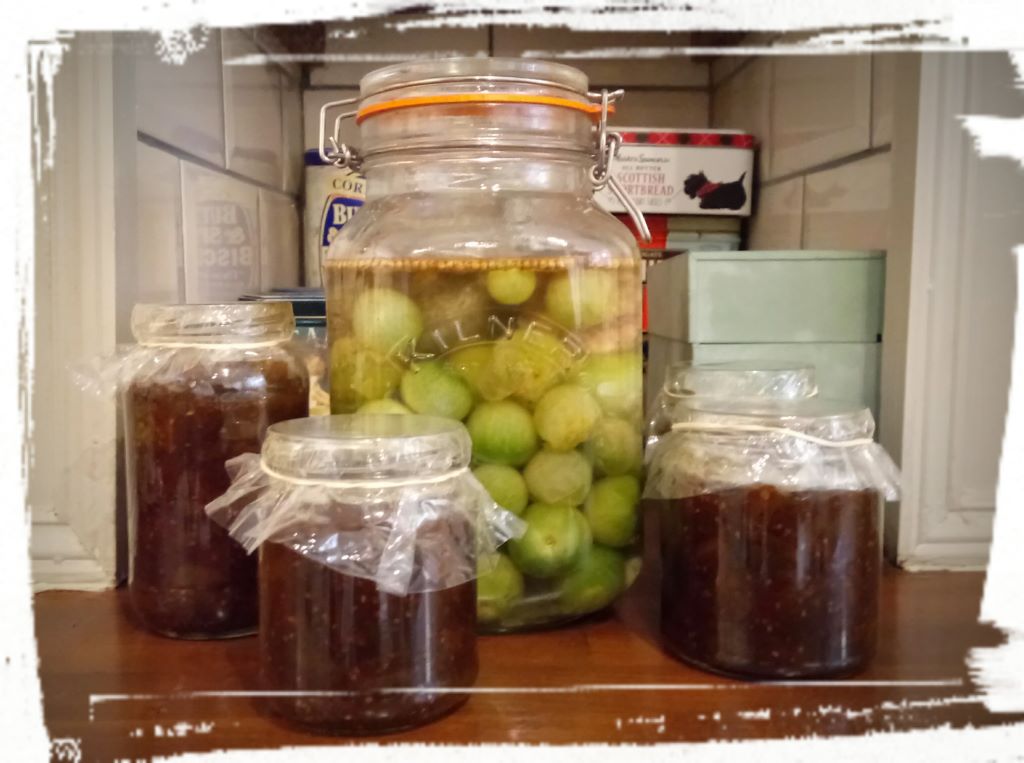
Here are five benefits of investing in edible perennials that might have you eyeing up the gardening catalogues or begging a neighbour for cuttings…..

Five Plus Points for Edible Perennials
1 Sit Back and Enjoy Low-effort Food Production
By and large, edible perennials take less effort. They need settling in, but once they’re settled, they’ll last for several years to a very long time.
Perennial broccoli and kale, for example will keep going for around six years. That’s six years of not having to sow seeds or transplant seedlings, hovering over the babies anxiously, giving slugs the ‘I dare you!’ look. Fruit trees, of course, can keep going for decades.
They produce food for less effort, but is the productivity lower, considering they hog ground space all year round? This thought put me off extending my perennials beyond a fruit bush area.
If you want maximum productivity for square foot of ground, you’ll probably do better with successional sowing and companion planting of annuals. Although some who have perennial gardening down to a ‘T’ may well disagree. Particularly if they’ve mastered layering. If so, please do let me know.
Edible perennials hog space year-round, but often mature perennials can become very prolific. Think of how mature apple trees become heavily laden with fruit. So much so, that the owners often seem to be unable to harvest them all. You may get one crop per year, but if you can store the produce then it’s surely a win-win?
Are edible perennials right for you? It depends on what is important to you – food for minimal effort or maximum productivity?
2 Water and Weed Less
Edible perennials generally need less water because they put down deeper, and more extensive root systems. Watering my allotment last summer during a long heatwave was a challenge. I have to travel to water my allotment, but watering plants in containers and plant bed borders at home is much more convenient.
If you mulch around your perennials, say with bark chippings, you’ll cut down your watering further and minimise the weeding you need to do. You’ll never do away with weeding tasks completely because weeds are very good at their job of living and proliferating. And, we all know, that’s partly what makes them weeds.
Many allotmenteers lay down weed suppressing fabric and top with bark or stone chippings. I can’t bear to buy all that plastic fabric, though, so I’ll stick with keeping an eye on the weeds that do pop their heads up through a layer of bark chippings or straw.
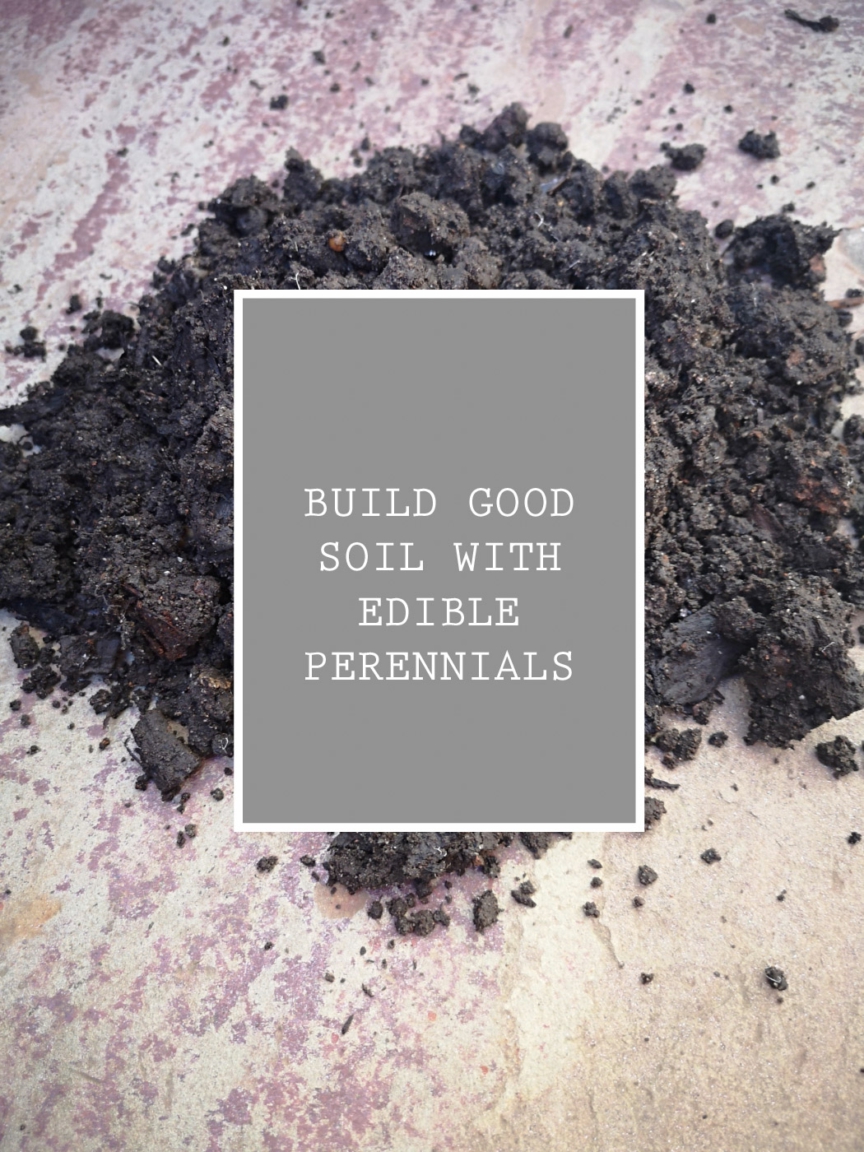
3 Build Good Soil
Edible perennials fit well with a low carbon, no-dig approach. Soils that are undisturbed build good soil structure, and store carbon (in the form of organics) and water. If you don’t want to haul around wheelbarrow loads of compost and manure to feed the soil nearly every year, perennials may be for you. To boot, they build networks of fungi and a whole world of insects and invertebrates, on which birds and small mammals feed.
4 Edible Perennials are More Wildlife Friendly
Generally, that is. Longer lived fruit and nut trees can support a lot more wildlife than an annually dug over, neat and tidy plot. On top of all the benefits of an undisturbed soil, are the benefits of craggy and gnarled wood that house insect life, small mammals and birdlife.
Perennials that throw up new shoots each year from tubers and rhizomes don’t quite have that advantage. Their green shoots emerging from mature underground storage organs have a head start though. And, for all I know, they may be more phytochemically rich, so good for us, but laced with a few chemicals that protect them from the surrounding wildlife. That’s just a new thought that occurred to me after writing about phytochemical richness in plants in The Small Productive Garden: Six Plus Points.
Add a little orchard to your allotment plot, and you’ll make it a more wildlife friendly place. We used to have more wildlife-friendly orchards on a larger scale decades ago. Mother owl is sick and dying, but nature-friendly farms can bring her back. Hear her story.
5 Let Your Veg Enjoy the Shade
Many perennials are happy in the shade. Brassicas (cabbages, broccoli, cauliflower etc), currant bushes, and cherry trees are just a few examples of edible perennials that are happy in partial-shade.
‘Get Them Now’ Edible Perennials
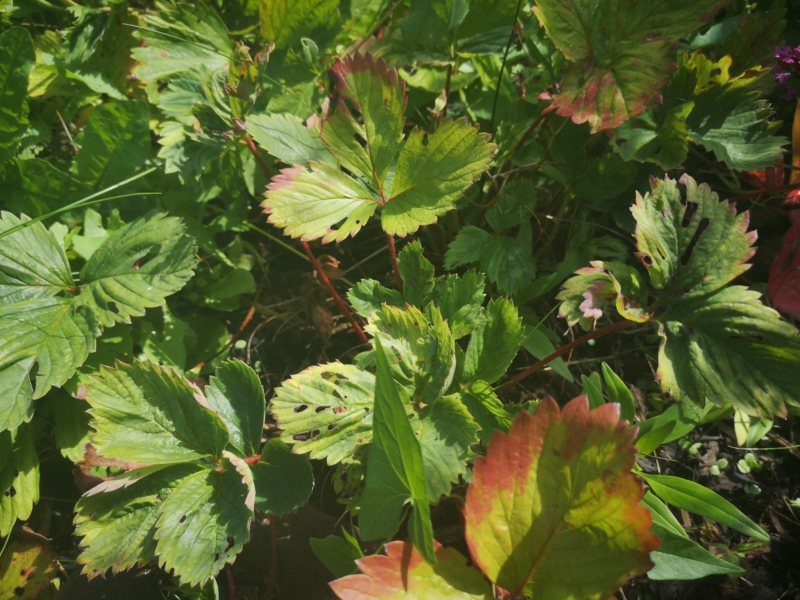
Are you convinced? Do you want to get some edible perennials now? There are many easy perennials get hold of from your average garden centre. Rhubarb, strawberries, fruit trees and bushes, garlic, beetroot for beet leaves, and common herbs (rosemary, sage, thyme, fennel) could all be yours with little effort.
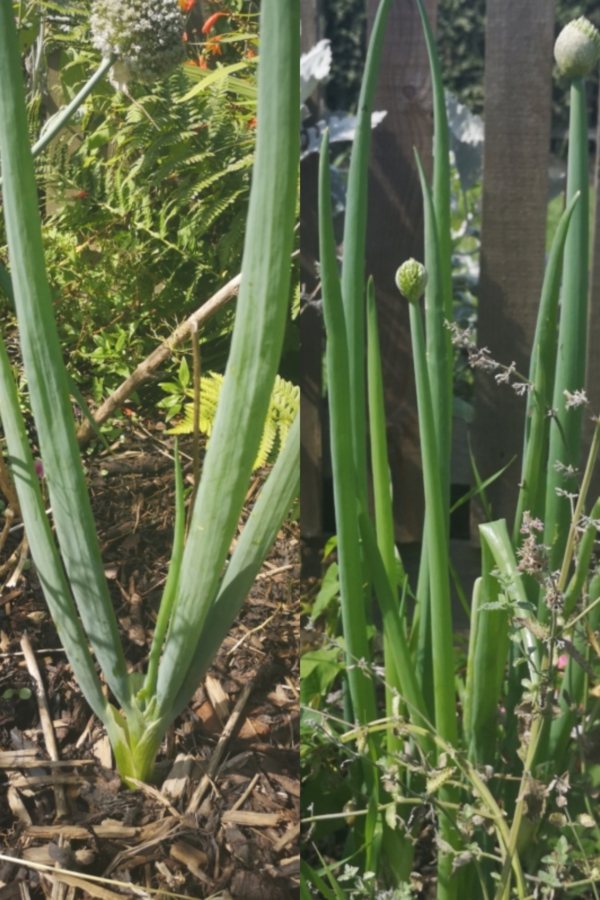
More Unusual Specimens
They’re more unusual, but getting more common. And, they’re worth hunting out. They include Daubenton’s kale, Welsh onions, walking stick onions, and cardoon to name but a few. Oca is now becoming more popular in temperate gardens.
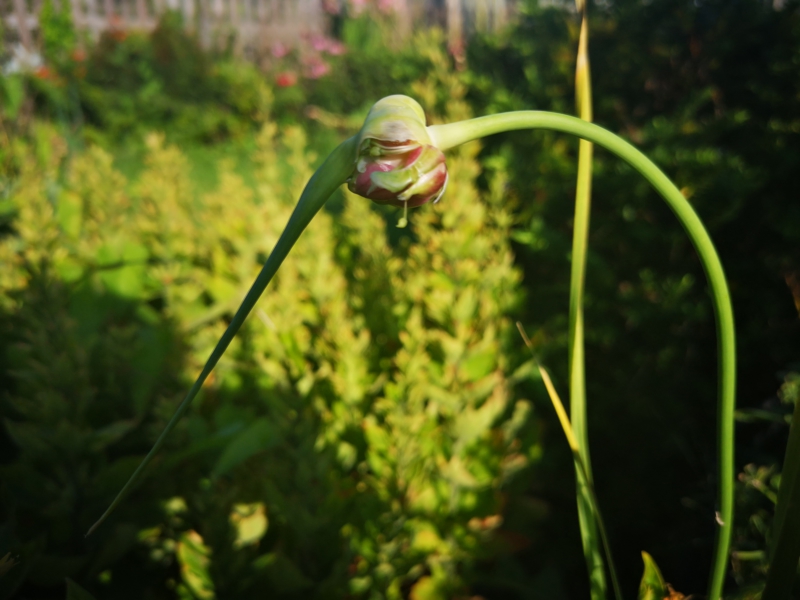
I’m thinking of proliferating edible perennials in my garden and doubling up on the allotment. I have Welsh onions, and scorzonera already in my garden. Garlic cloves, I planted in late winter, are sporting little bulbils amongst the green shoots – rather like walking-stick onions. I can’t remember what I planted, but I think it’s a hard-necked type with ‘walking-stick’ habits (see below). I’ve also recently planted skirret on my allotment. Here are some ways to use the more unusual:
- Welsh onions: crop the green shoots. They’re like fat spring onion tops. Saute with other vegetables, or add to a casserole.
- Walking stick onions. Conservatively crop the green shoots. Wait for the bulbils (like small garlic bulbs) to form on the flower stalks to fall over, root, and produce another plant. Or plant them yourself. At the base of the original plant will be an onion bulb that you can harvest, or leave to bunch into new plants.
- Scorzonera/Black Salsify. Harvest the slim roots. Boil and mash them like parsnips. Leave some to multiply, or break some off to plant back into the ground
- Skirret: Harvest the skinny finger-like roots. Wash and eat uncooked in salads. Break some off and put back in the ground.
If edible perennials sound right for you, here’s some more reading. Try:
Edible Perennial Gardening by Anni Kelsie
And for more low-effort gardening, my last post…
The Small Productive Garden: Six Plus Points
If I’ve interested you in growing you own food, you may like to know about my book about sustainable food. It’s centered on a journey around where I live, but it’s relevant anywhere. And, it’s out now…
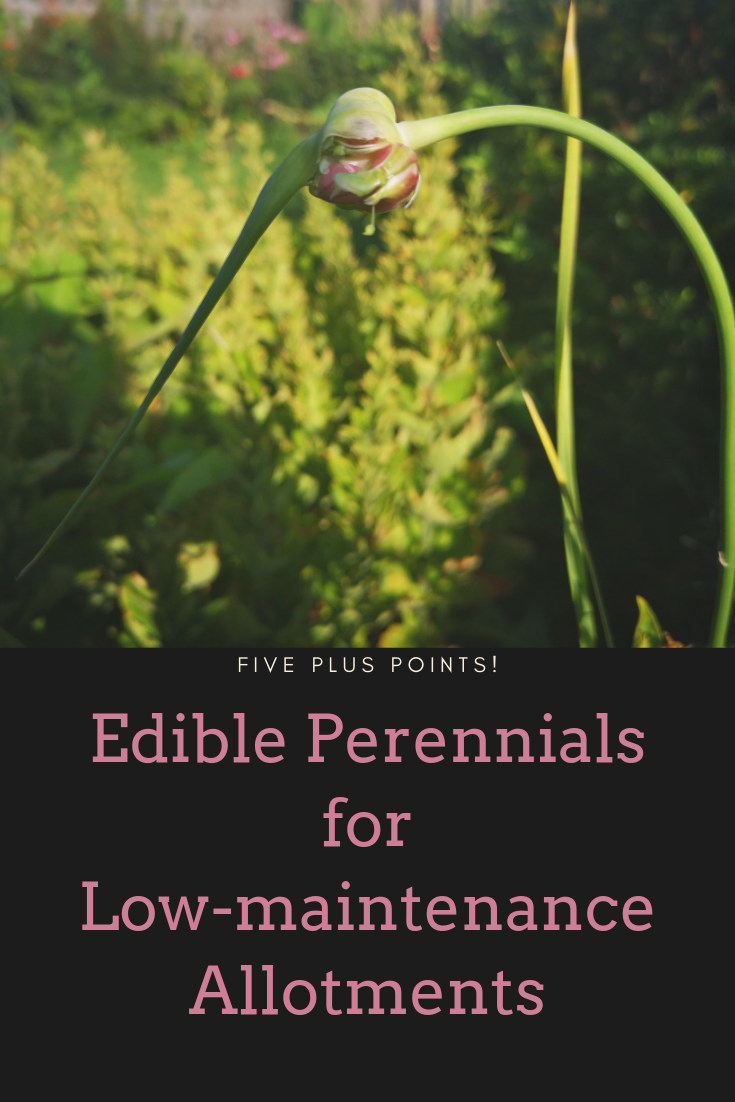

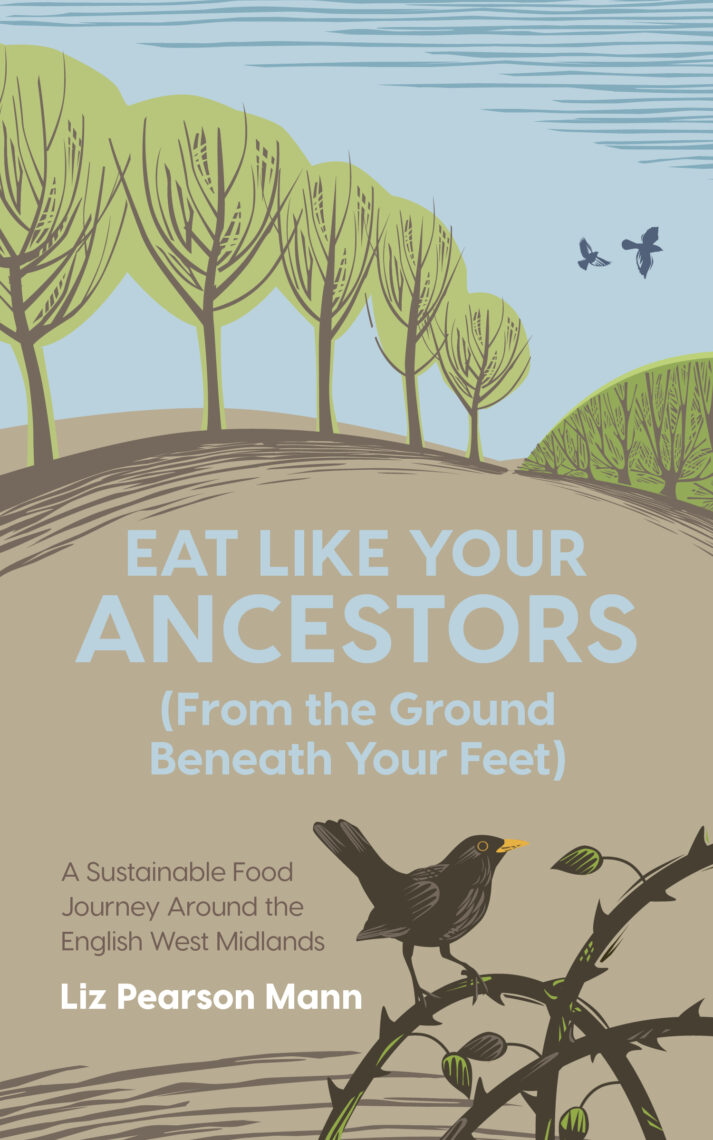

I’ve got a perennial garden and it’s definitely an improvement in so many ways… my phone’s battery is about to die, so I’ll not give a long-winded comment. Suffice to say, it gives me so much joy (as well as food)!
That’s right – they are a joy, as well as providing food!